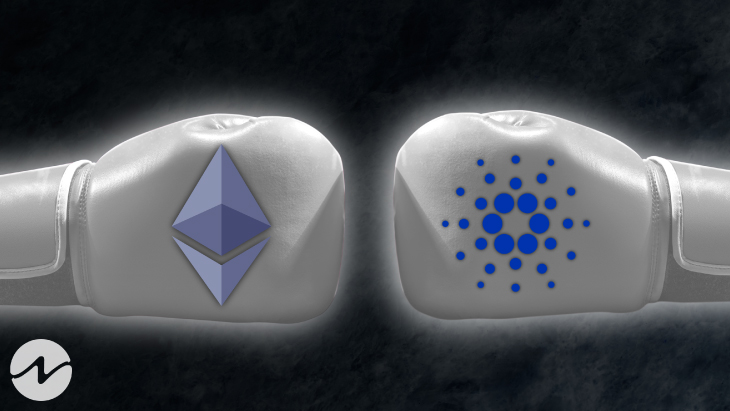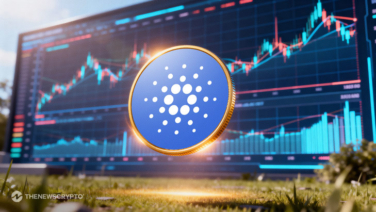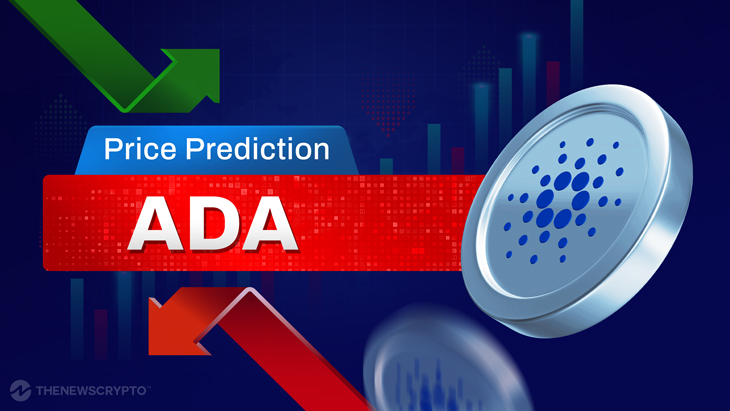- The rounded transactional volume increased dramatically after the Alonzo hard fork.
- Cardano is a newcomer to the space, and as the saying goes, new utility equals new acceptance.
- Cardano the number of contracts that have been completed has been rather modest.
One of the most significant issues that people outside the “smart world” experience is a lack of trust while interacting with other parties. Because of the lack of transparency, people wind up wasting a lot of time and money on middlemen before closing a deal.
Smart contracts, on the other hand, address the aforementioned issue by removing middlemen and increasing transparency in the system.
A new Cardano-to-Ethereum bridge is currently being constructed. NFT developers will be able to migrate their non-fungible tokens from Ethereum’s energy-intensive blockchain to Cardano with ease via this bridge. In retrospect, this would be beneficial to the acceptance of the latter network.
The first blockchain Cardano is to be built on the basis of peer-reviewed research and evidence-based methodology. As a result, some analysts have already said that it has a greater and better production efficiency than Ethereum.
Problems with Ethereum and Cardano
As time has passed, competition has increased, with Cardano being one of the most recent entrants. At its conception, Ethereum has been a part of the space. It is, without a doubt, the uncrowned prince of smart contracts.
Cardano-based smart contracts can, in effect, make use of Ethereum’s aforementioned weakness. If it succeeds, smart contract clients will not hesitate to switch networks. The ever-increasing gas fee on Ethereum has long been a source of anxiety for members of the community. Several times this week, the charge has surpassed 250 gwei and 350 gwei.








